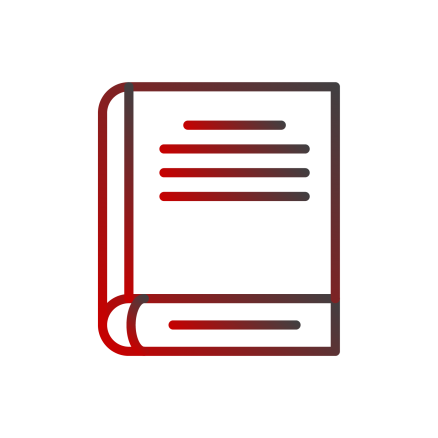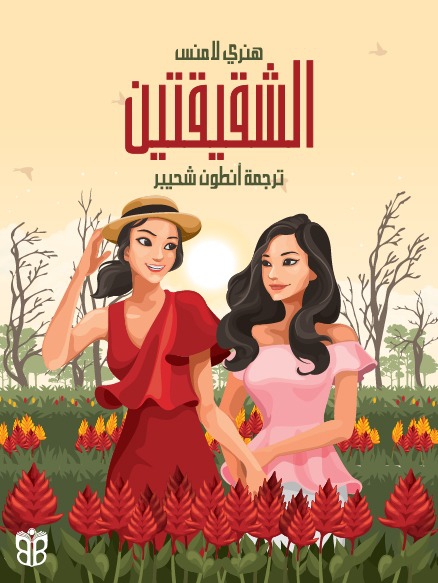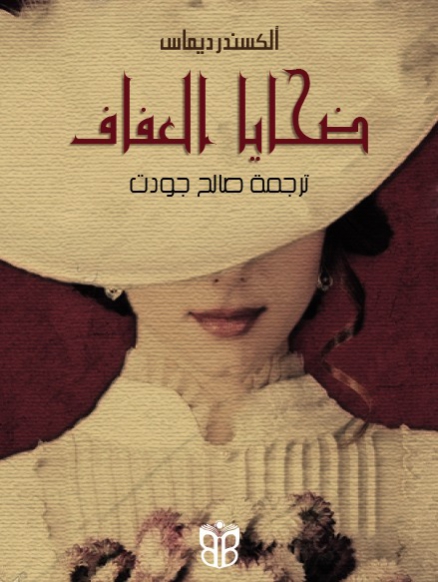
أحدث كتب حزينه
يُعد تصنيف الكتب من أهم الأدوات التنظيمية في عالم المعرفة، إذ يُستخدم لترتيب الكتب وتبويبها وفق محتواها وموضوعها ونوعها، مما يُسهل الوصول إليها ويُعزز من كفاءة استخدامها في البحث والتعليم والاطلاع، ويعتمد هذا التصنيف على معايير متعددة منها الموضوع العام مثل الأدب، التاريخ، العلوم، الفلسفة، الاقتصاد، الدين، والقانون، ومنها النوع الأدبي كالروايات، المقالات، السير الذاتية، أو الدراسات العلمية، كما يمكن تصنيف الكتب حسب الفئة العمرية المستهدفة أو اللغة أو شكل النشر، ويُستخدم التصنيف في المكتبات ودور النشر والمعارض والمنصات الرقمية لتسهيل تنظيم الكتب وتوفير تجربة قرائية ميسرة، ويُعتمد على نظم تصنيف عالمية مثل تصنيف ديوي العشري أو تصنيف مكتبة الكونغرس، كما يُستخدم في تطوير محركات البحث الذكية التي توصي بالكتب المناسبة للمستخدمين استنادًا إلى هذا التصنيف، ويُسهم التصنيف أيضًا في تطوير السياسات التعليمية، حيث يُمكن من خلاله تصميم مناهج متكاملة تغطي مجالات معرفية متنوعة، ويساعد القرّاء على تحديد الكتب التي تتناسب مع اهتماماتهم ومستوى قراءتهم، ويُعد تصنيف الكتب أداة لتحليل التوجهات الثقافية والفكرية في المجتمعات، ويُستخدم في دراسات النشر لرصد الفجوات أو الفوائض في الإنتاج المعرفي، كما يساعد الكتّاب والباحثين في فهم احتياجات السوق وتوجيه إنتاجهم بما ينسجم مع أنماط القراءة، ومع تطور التكنولوجيا، بات تصنيف الكتب يشمل أشكال النشر الإلكتروني والمسموع، مما يعكس تكيف التصنيف مع مستجدات العصر، وبهذا فإن تصنيف الكتب ليس مجرد إجراء إداري، بل هو ركيزة من ركائز تنظيم المعرفة وتسهيل تداولها وتوسيع أثرها في المجتمع. --- Book classification is one of the most essential organizational tools in the world of knowledge, used to arrange and categorize books according to their content, subject, and type, thereby facilitating access and enhancing efficiency in research, education, and reading. This classification is based on various criteria, including general subject areas such as literature, history, science, philosophy, economics, religion, and law, as well as literary form such as novels, essays, biographies, or academic studies. Books may also be classified by target age group, language, or publishing format. It is widely used in libraries, publishing houses, book fairs, and digital platforms to streamline book organization and provide a user-friendly reading experience. Global classification systems such as the Dewey Decimal System and the Library of Congress Classification are commonly applied. Classification is also central to developing smart search engines that recommend suitable books to users based on these categories. It contributes to shaping educational policies by enabling the design of comprehensive curricula covering various knowledge domains. It helps readers identify books that match their interests and reading levels and serves as a tool for analyzing cultural and intellectual trends in societies. In publishing studies, it is used to track knowledge production gaps or surpluses. Writers and researchers also benefit from classification by understanding market needs and aligning their output with reading patterns. With the advancement of technology, book classification has expanded to include digital and audio formats, reflecting its adaptability to modern developments. Thus, book classification is not merely an administrative task but a cornerstone of knowledge organization, access, and impact within society.



